Post by Jacob Schoen of OHSU, Madison Cho-Richmond from PSU Psychology, and Bill Griesar of PSU/OHSU/NW Noggin
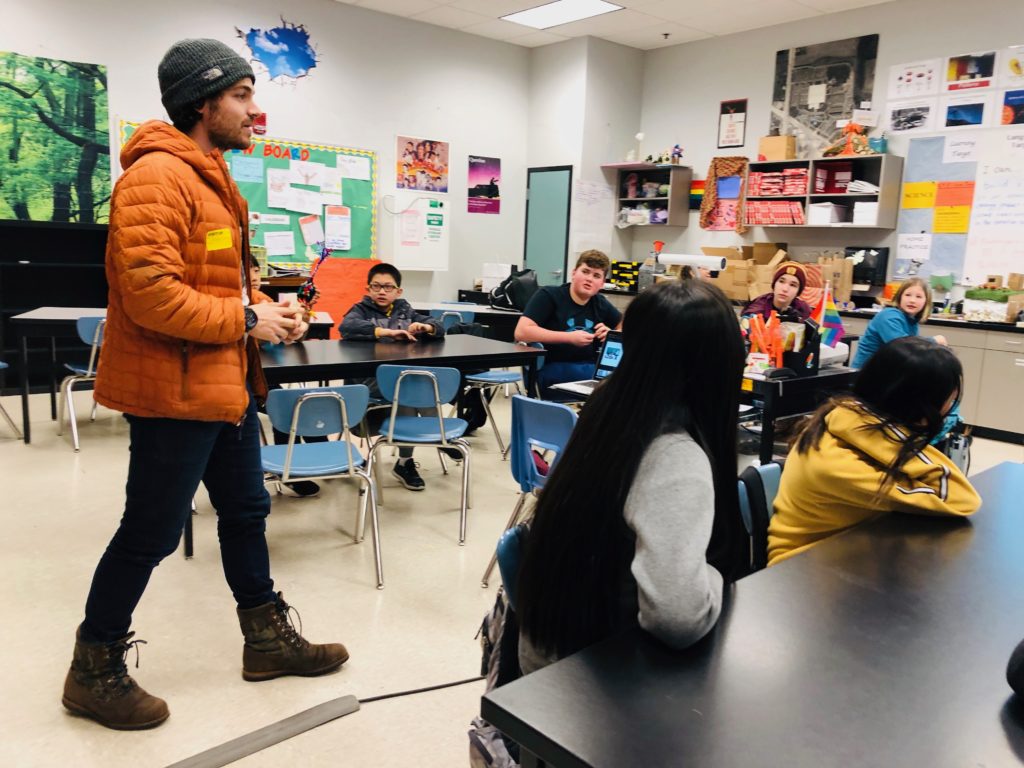
In February, NW Noggin volunteers joined the Middle School Science Club meeting at the Health and Science School (HS2) in Beaverton, Oregon. The club was just finishing up an afterschool snack when a horde of Noggineers walked in with our pipe cleaner neurons, 3D prints of neuroimaging scans – and, of course, BRAINS!
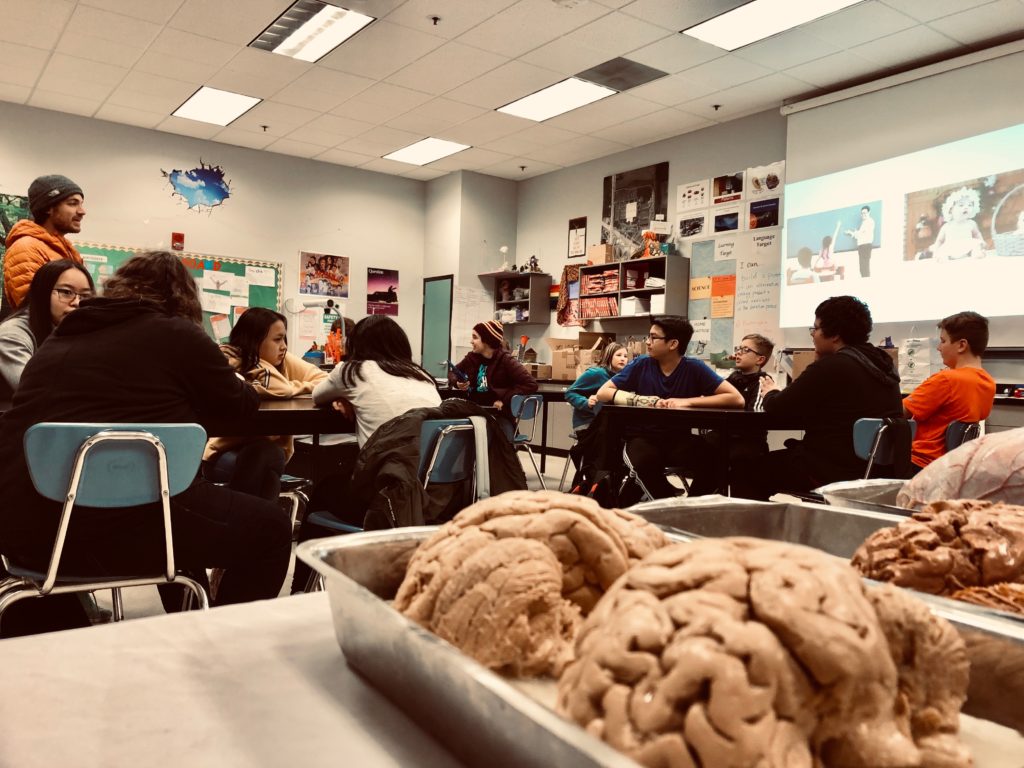
Jason Blume, Isidro Chan, Aaron Eisen, Jesus Martinez, Darrin Lane, Brenda Yan and Cam Howard joined us from Psychology at Portland State University, along with Shannon Sullivan from the nearby Oregon National Primate Research Center (ONPRC) at OHSU.
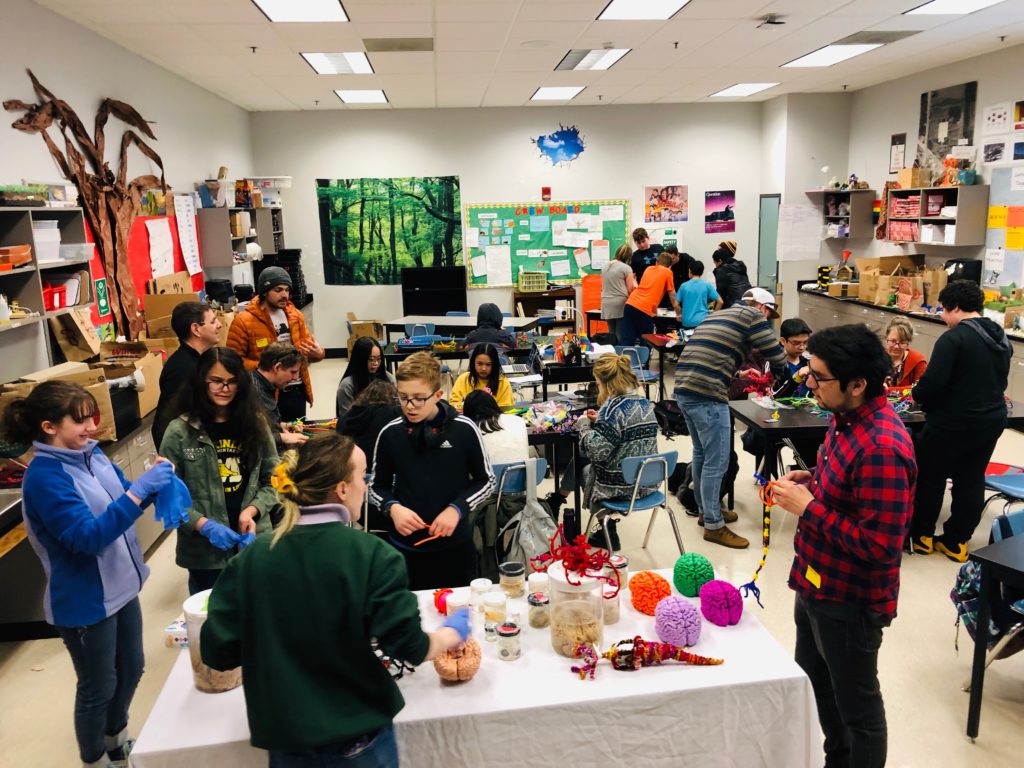
What are you made of? What is your story? How are you growing and changing..?
Remarkably, knowledge of the human brain and nervous system is not explicitly required by either federal or state (Oregon, Washington) science standards for public K-12 schools, except for one brief mention during fourth grade…
4-LS1-2. Use a model to describe that animals receive different types of information through their senses, process the information in their brain, and respond to the information in different ways.
LEARN MORE: Federal Next Generation Science Standards
LEARN MORE: NGSS Alignment of Oregon Science Standards
LEARN MORE: NGSS Washington State Science & Learning Standards

Federal and state governments took the brains out of biology.
We believe, strongly, based on extensive classroom outreach experience, that public education ought to be focused on the brain and on brain development. Art, math, social studies, languages, writing, biology, chemistry, physics, history, music, self-understanding, physical fitness, mental health – all involve our brains, and K-12 education takes place during periods of dramatic neural change…
LEARN MORE: Applied neuroscience – & STEAM
LEARN MORE: Adolescent Brain Cognitive Development Study @ OHSU
LEARN MORE: Maturation of the adolescent brain

“If state and federal K-12 science standards only had a brain!”
So, thankfully, Diana Gordon, the Education & Outreach Coordinator at the ONPRC has been hosting the Middle School Science Club at HS2 since 2011!

Science Teachers Kenneth Day and Stella Bergman have been covering neuroscience, and the brain, and bring their students to meet with research scientists at the ONPRC every year to learn more about scientific discovery and careers…
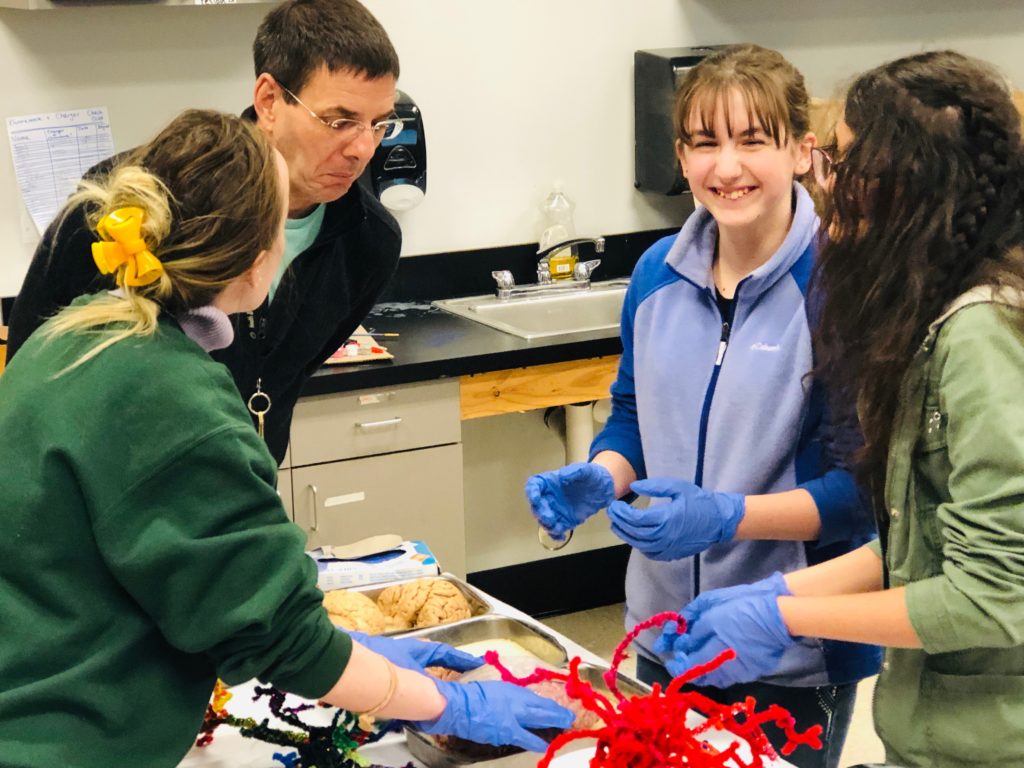
From Jacob: “Before we began, these students needed to check our credentials. ‘When did NW Noggin start?’ Since summer of 2012, I explained, we’ve met with over 25,000 students in Portland, Vancouver, eastern and southern Oregon, eastern Washington, San Diego and DC public schools! We’ve offered free talks from students pursuing neuroscience and art, and informed thousands of community members about research. It’s amazing we’ve been ‘growing in networks’ for 7 years!”
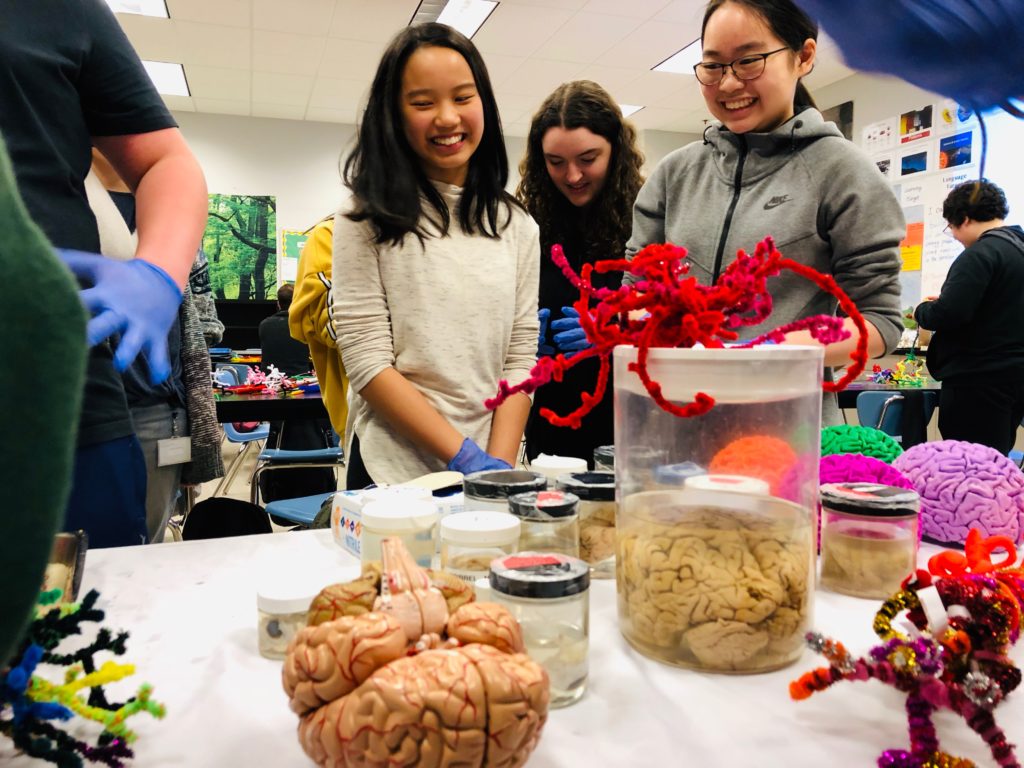
LEARN MORE: What is NW Noggin?
“PSU undergraduate Aaron Eisen even brought a device (the Human to Human Interface from Backyard Brains) that measures electrical impulses in your arm muscle. This device can also send a shock (through a TENS unit) that stimulates another person’s arm muscle, causing it to flex!”
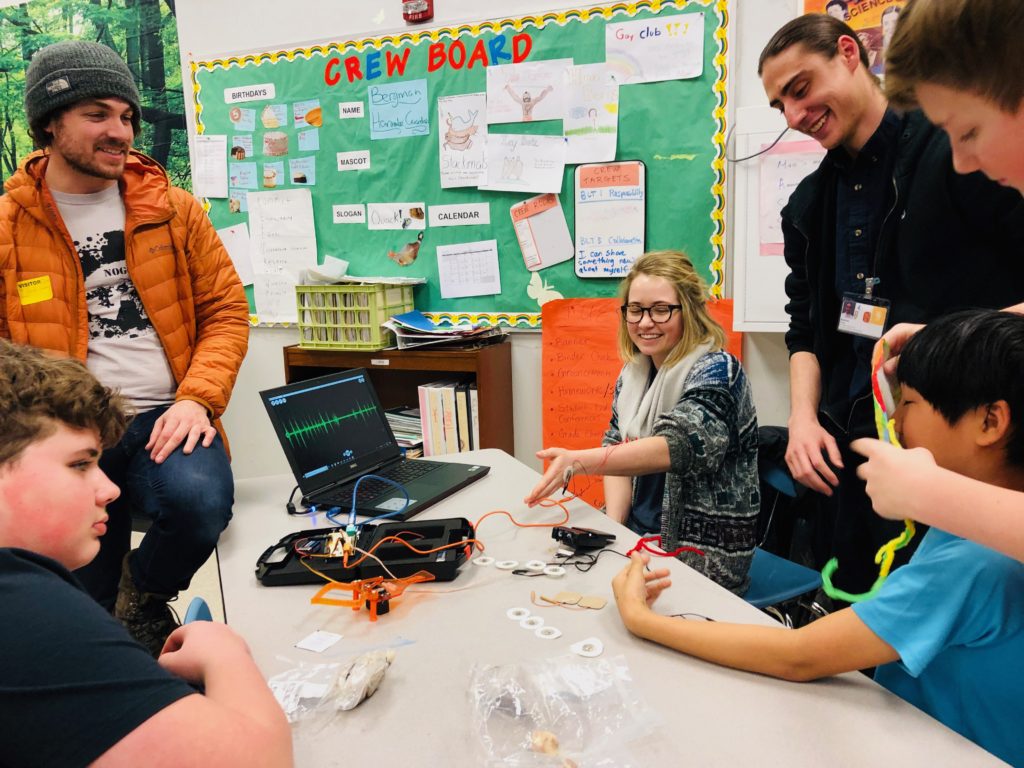
LEARN MORE: Brain Hacking is Electric!
LEARN MORE: Using TENS for pain control: the state of the evidence
“One student wired up his own arms together, and remarked: ‘Look! I’m controlling my own arm!’ But wait, we asked, aren’t you usually controlling your own arm? ‘Yeah, but now I can control one arm with my brain, and my second arm moves because it’s electrically connected to it! There’s no brain needed to move my second arm…'”
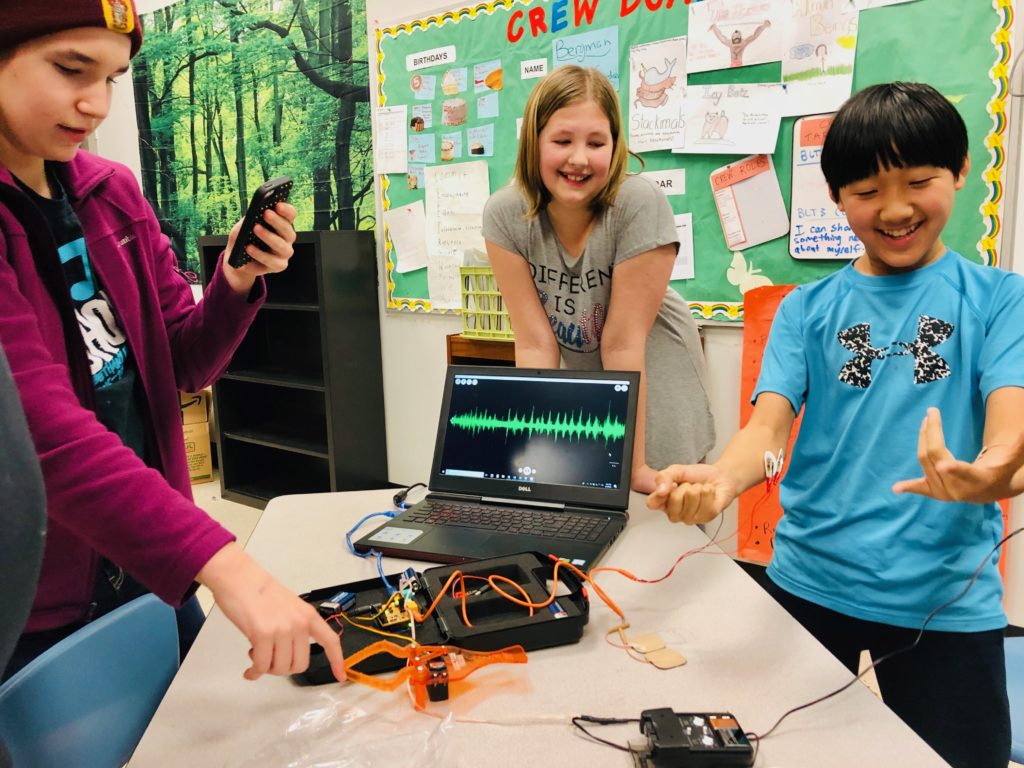
Discovering the electrical nature of information flow in muscles and nerve cells…
From Madison: “Right after Portland’s first snow of 2K19, NW Noggin brought brains and art to the contagiously curious students of the Health and Science School.”
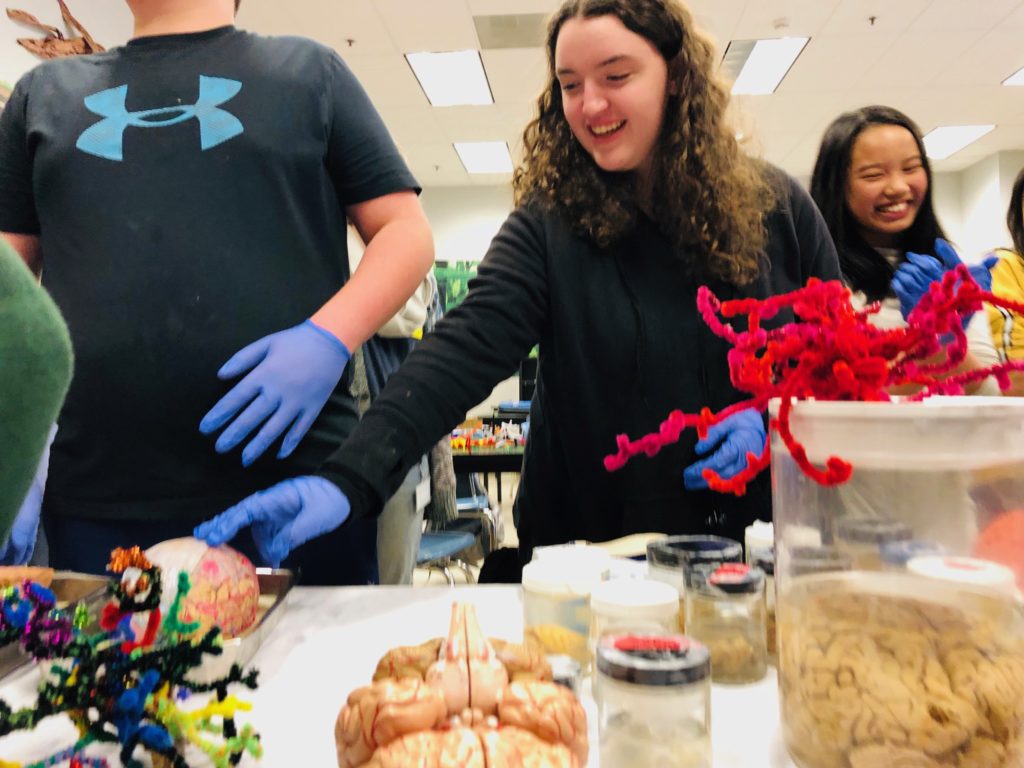
“After pulling his gloved finger away from a brain, one student wondered, ‘If your brain were to be poked and damaged, which part is the least important?'”
“While your entire brain is your body’s greatest device, not all of it is necessary for survival, I replied. It’s likely that some of your most favorite brain functions – maybe creativity, memory or language – depend on the least survival-critical components. The wrinkled cortex, the part you see on the brain’s surface, is responsible for many of these complex functions involved in activities you like doing. But in terms of heart rate and breathing, which are essential for life, your body maintains itself though the deeper, more ancient parts of your brain. Your quality of life would be a lot different without your cortex, but you wouldn’t be alive at all without your brainstem..!”
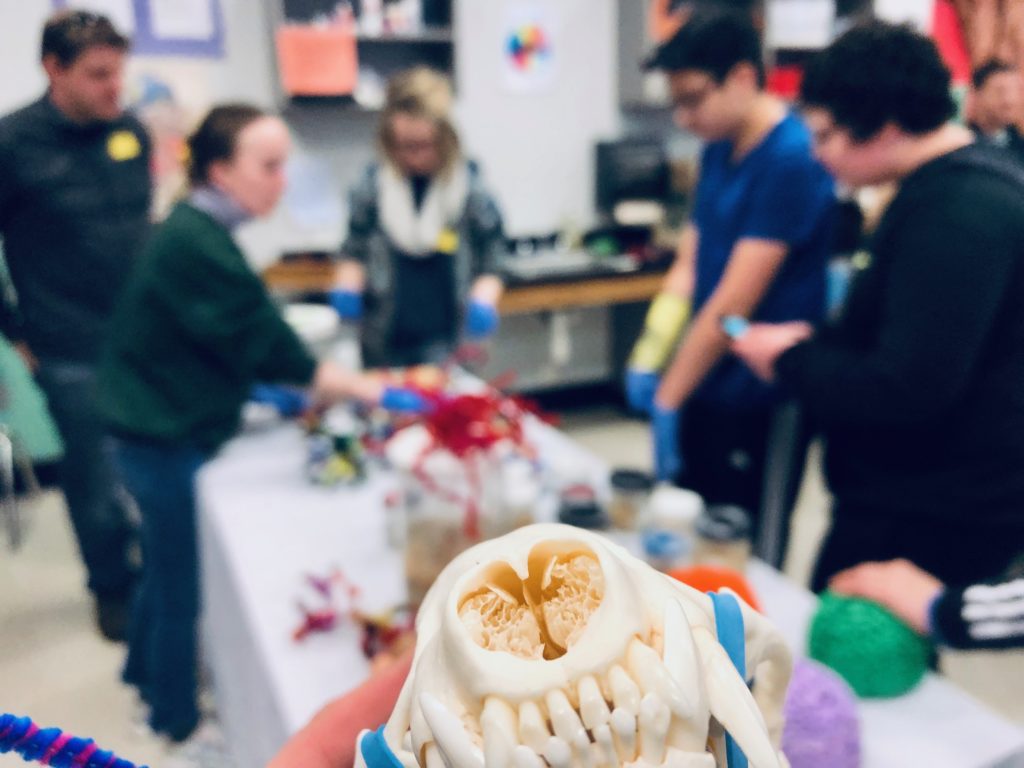
LEARN MORE: Brainstem: neural networks vital for life
LEARN MORE: Anatomy of the brainstem: a gaze into the stem of life
“Another fascinating topic we discussed was ADHD and the brain. ‘ADHD is like a hidden superpower,’ enthusiastically argued one of our PSU volunteers. ‘You have the ability to be passionately focused on what you care about, even if it’s difficult to concentrate on what you find boring.'”

Areas of the brain impacted in ADHD; SLF = Superior longitudinal fasciculi, bundles of myelinated axons (white matter) linking areas of cortex into functional networks. SLF1, for example, links parietal areas with frontal areas as part of a dorsal attention network, and is less well connected in children diagnosed with ADHD. LEARN MORE: The brain anatomy of attention-deficit/hyperactivity disorder in young adults

“There is a substantial research effort underway at OHSU to identify clinical subtypes of ADHD and better understand the structural and functional brain differences that influence ADHD-related behaviors, including inattention, hyperactivity, impulsivity and a tendency to take more risks.”
LEARN MORE: OHSU Developmental Attention Disorders Program
LEARN MORE: Do you qualify? Become a PAID Research Participant @ OHSU!
LEARN MORE: Attention-Deficit/Hyperactivity Disorder
“Some researchers have suggested that early humans with ADHD-like behaviors (particularly hyperactivity, impulsivity and risk-taking) were better at hunting because they were more restless and creative than others, and had a higher chance of survival and passing on genes. And guess what? An ADHD diagnosis is definitely influenced by genes. Maybe an evolutionary advantage like this is a superpower.”

LEARN MORE: The evolution of hyperactivity, impulsivity and cognitive diversity
LEARN MORE: A Potential Natural Treatment for Attention-Deficit/Hyperactivity Disorder
From Jacob: “It was so great to spend time with the science club!”
“On March 7th, 2019 NW Noggin will return to the club for a follow up visit. We’ll go deeper into the brain with some experiments that help explain how our sensory and perceptual systems work…”
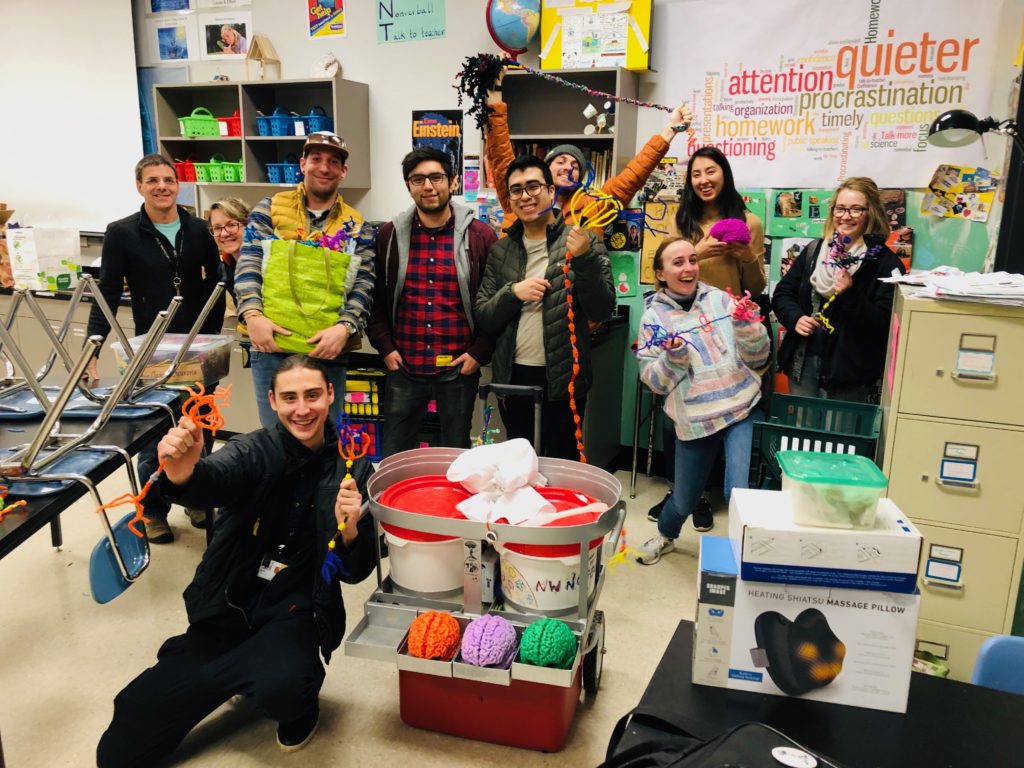
“Science education is such an important, undervalued treasure that needs advocacy. The fact that the current public school curriculum doesn’t leave the time to cover even the basics of neuroscience is pretty striking! Neuroscience is such an exciting and dynamic field that it could really draw anyone into science. After all, we all have brains…”
TAKE ACTION
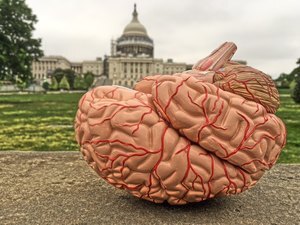
Ask why the federal Next Generation Science Standards don’t include the human brain, whose development defines the K-12 experience…
Oregon US Senators
Ron Wyden (D)
Jeff Merkely (D)
Oregon US Representatives
1st District Suzanne Bonamici (D)
3rd District Earl Blumenauer (D)
4th District Peter DeFazio (D)
5th District Kurt Schrader (D)
Washington US Senators
Patty Murray (D)
Maria Cantwell (D)
Washington US Representatives
3rd District Jaime Herrera Beutler (R, Southwest Washington)
5th District Cathy McMorris Rogers (R, co-chair of Neuroscience caucus)
Links to additional Washington State US Representatives

Ask Oregon and Washington officials why state NGSS standards exclude the brain and nervous system. Young people want to learn about evidence-based research on their own growing brains and how changes relate to sleep, bias, adolescent brain development and mental health…
Science Standards, Oregon Department of Education
Science Standards, Washington Superintendent of Public Instruction
We did hear back from a representative of the Oregon Department of Education…
From a voicemail: There are “a lot of misconceptions floating in and around neuroscience…the Society for Neuroscience (SfN) provided some feedback to NGSS (Next Generation Science Standards), so it may be some fundamental science that the educators are missing, or if people don’t see specific words that flag for them they may think that some of those pieces aren’t in there…”
We’d argue that seeing specific words in the standards teachers are required to address (perhaps “brain” – or “nervous system”) is pretty important!
“The SfN did put together a matrix that talks about some of the different core concepts of neuroscience and how it matches up with NGSS…”
Clearly the “matrix” (is that a graduate school of education term? a Keanu Reeves movie?) isn’t readily accessible to the many middle and high school science and biology teachers we collaborate with in public schools…
“Just to reassure that some of the pieces that you were concerned about are definitely embedded in the NGSS so it’s not that we’ve left out nervous systems or components of the brain because that would definitely be a huge oversight, not only at the state level but at the federal level as well.”
It remains a huge oversight.
Words like brain, nervous system, neuron, synapse, neural network, sensation, perception, cognition, memory, learning, behavior, cortex, hippocampus and amygdala are critically important, and tremendously motivating and informative for young people, whose own brains are undergoing dramatic growth and change. These are core components of biology and key to who we are, and who we are becoming.

By not clearly including the brain in NGSS standards (except in a distant, apparently inaccessible “matrix”), our state and federal governments are effectively taking the brains out of biology.
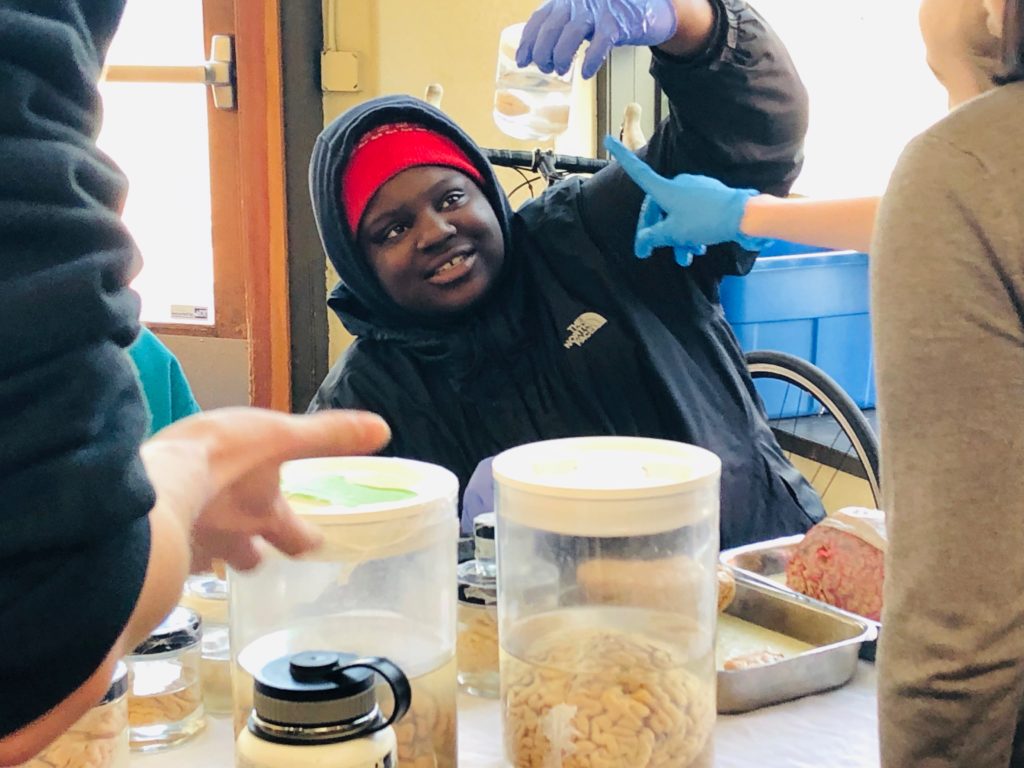
We aim to bring brains back…
AND WE FOUND THE MATRIX: NGSS Core Concepts
|
Appropriate lessons applying the Neuroscience Core Concepts will incorporate relevant Cross Cutting Concepts, Nature of Science, and Science & Engineering Practices. |

Neo confidently “cross-cutting” the Matrix into NGSS. What’s wrong with these science teachers? We understand this. Why can’t they “see” the (missing) word ‘brain’ in our standards?



